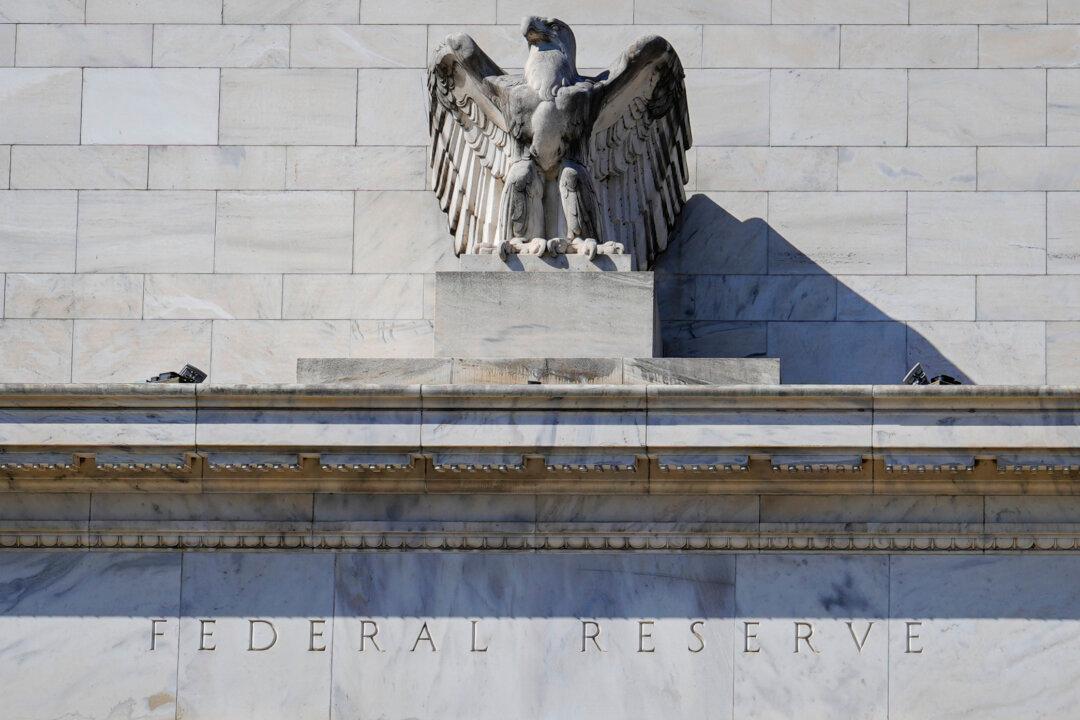U.S. banking regulators have unveiled a sweeping proposal for more stringent bank capital requirements, commonly known as the “Basel III endgame,” meant to bolster the banking sector against future crises.
In a joint notice of proposed rulemaking (pdf) from the Federal Reserve, Office of the Comptroller of the Currency, and the Federal Deposit Insurance Corp. (FDIC), regulators aim to significantly revise the capital requirements for large banking organizations and those engaged in significant trading activity.





